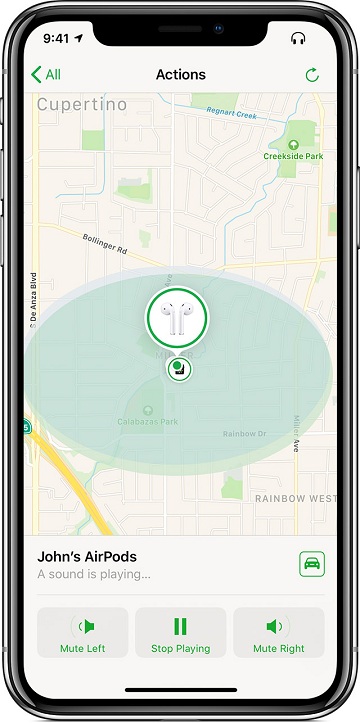

I've tried resetting them multiple times and also cleaning the case. While in the case, sometimes it is not even detected, and thus doesn't charge. Sometimes it charges, but its charge is never as much as the right charge. I do wish they were easier/cheaper for Apple to service. 3 years ago 247 1 Left AirPod doesn't charge properly My left AirPod will not charge. Place both AirPods in your charging case and let them charge for 30 seconds. At least one of my pods is toast, as batteries are a consumable component. Make sure your charging case is fully charged. I've had mine from Day 1, and use them daily. $0 if in-warranty and defective, but normal depletion from usage hours is not considered defective, FYI) (The article is less clear than it could be - having spoken to Apple support personally, unless the battery is in-warranty, the cost to replace it is $69. Like the author's, my L is much more depleted than my R. Therefore, it is entirely possible that you only need to replace that pod if it’s significantly more depleted. Because of mic assignment, it is entirely possible for one of your APs to be more depleted than the other. We’ve noticed issues with the original AirPods and the AirPods Pro, where a healthy battery percentage is reported one minute only to drop to 0 the next, likely due to a glitch with the way the remaining charge is reported. That's immediately a $98 total charge or 60 percent of the cost of buying a new pair." If your AirPods suddenly disconnect and won’t reappear, they may have run out of charge. "Since the AirPods die whenever one of the two batteries does, we need to replace both. In my usages (ex: gym, meetings, bed), wireless is much more enjoyable than being on a short tether. Once cleaned, put the AirPods in the case and charge for 15 minutes and check. If not, then no. If you're asking whether wireless should exist, or should be an option for anyone, then I'm left scratching my head.

Do you need or would you derive value from wireless? Then yes.

This is a step backwards Apple for the environment and simple practical use.Īre you asking us to answer that question for you? The answer, of course, depends on your use case. Do we need yet another device which requires electricity to work when the previous device didn't.


 0 kommentar(er)
0 kommentar(er)
